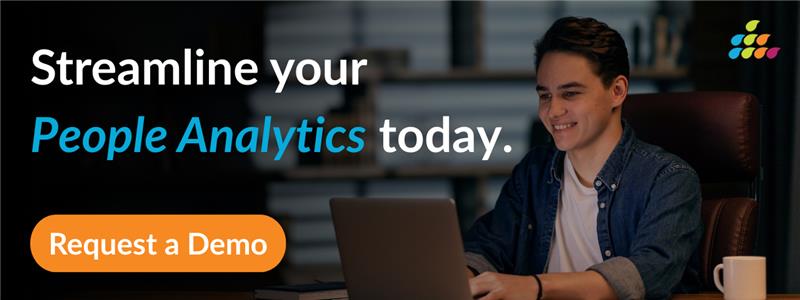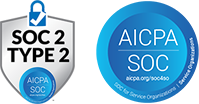What Is Employee Assistance Program (EAP)?
An Employee Assistance Program (EAP) is a work-based benefit that offers confidential, short-term counseling and referral services to employees and their families. Covering mental health, stress, substance use, financial or legal concerns, and work-life balance, EAPs connect staff with qualified professionals—via toll-free lines, online portals, or in-person—ensuring early intervention and support.
Why Employee Assistance Program (EAP) Matters
Personal or work stresses—like burnout, debt, or family crises—can erode focus, raise absenteeism, and drive turnover. EAPs address these issues proactively, promoting mental well-being and resilience. Organizations with active EAPs report lower healthcare and disability costs, higher engagement scores, and faster returns to productivity after employee leaves of absence.
Where Employee Assistance Program (EAP) Is Used
- Corporate & Professional Services: Offers 24/7 access to counselors for executives and staff under tight deadlines.
- Manufacturing & Transportation: Provides critical-incident debriefing after accidents or safety events.
- Healthcare & First Responders: Supports clinicians facing high-stress environments with burnout and trauma counseling.
- Remote & Hybrid Workforces: Leverages virtual counseling and digital self-help modules for distributed teams.
- Education & Public Sector: Extends support to educators, social workers, and public-service employees managing community pressures.
Employee Assistance Program (EAP) Key Benefits
- Early Intervention: Addresses issues before they escalate, reducing long-term absence.
- Cost Savings: Lowers medical and disability claims by an average of 20%.
- Enhanced Productivity: Restores focus and performance post-counseling.
- Employee Retention: Demonstrates employer care, boosting loyalty and reducing turnover.
- Holistic Well-Being: Integrates mental, financial, and legal support into one accessible program.
Best Practices & Examples
- Integrated Promotion: Communicate EAP regularly via HRIS, intranet banners, and leadership endorsements—one firm saw usage jump 35% after quarterly reminders.
- Triage & Tiers: Offer multi-channel access—hotline, video, and chat—plus specialized referrals for long-term care.
- Data-Driven Outreach: Analyze usage patterns (e.g., stress-peak months) to tailor wellness campaigns and on-site workshops.
- Manager Training: Equip supervisors to spot early warning signs and guide employees to EAP resources.
- Continuous Improvement: Collect anonymized feedback and adjust provider networks and service offerings to match evolving needs.
Conclusion
An Employee Assistance Program is more than a benefit—it’s a strategic tool for sustaining a healthy, engaged workforce. By delivering confidential, professional support across life’s challenges and leveraging usage analytics to refine offerings, organizations fortify resilience, reduce costs, and cultivate a culture that truly values employee well-being.
Employee Assistance Program (EAP) FAQs
Q: What is EAP and how does it work?
An EAP connects employees to licensed counselors for short-term support (typically 3–6 sessions) via phone, video, or in person. After confidential intake, counselors assess needs, provide counseling, and refer to specialized resources—tracking only usage metrics, never case details.
Q: What are the main aims of an employee assistance program?
EAPs aim to: (1) identify and address personal or work-related issues early; (2) reduce absenteeism and healthcare costs; (3) boost employee resilience and productivity; and (4) support a culture of well-being through confidential, professional assistance.
Q: What is EAP work experience?
EAP work experience refers to hands-on training or internships where HR or counseling professionals support program delivery—such as conducting intake assessments, coordinating referrals, and analyzing usage data under supervision to understand employee-support workflows.




